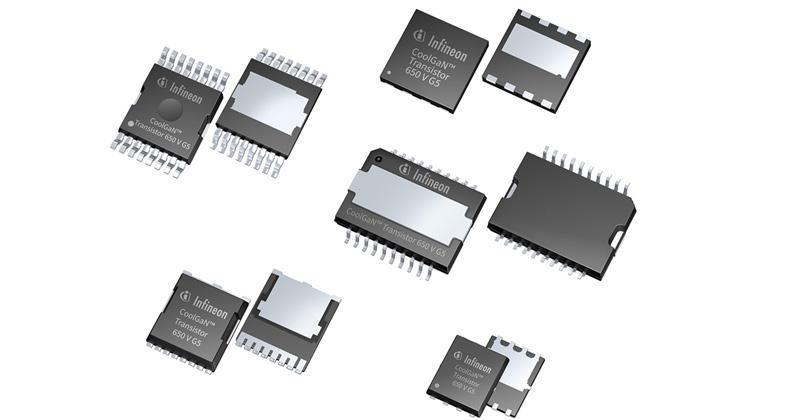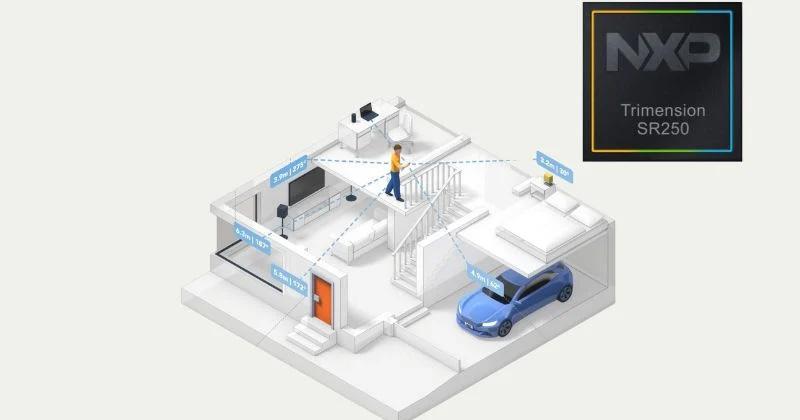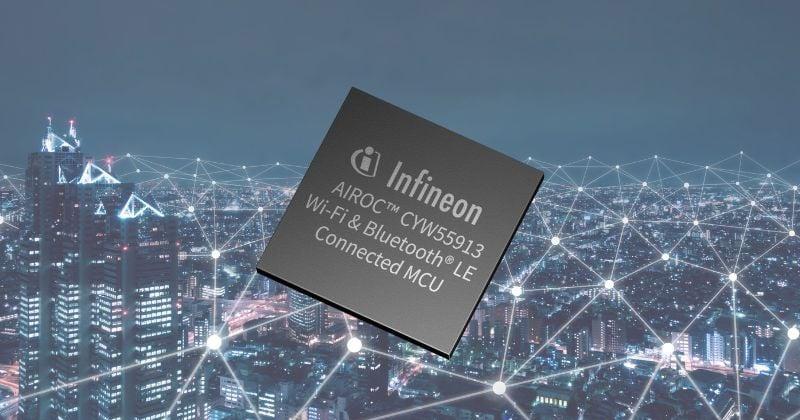
Blecon’s $4.6M Funding to Fuel No-Pairing Bluetooth Cloud Connectivity
Bantval Jayant Baliga was awarded the 2024 Millennium Technology Prize last month for his groundbreaking work on the insulated gate bipolar transistor (IGBT). The IGBT did for power electronics what the MOSFET did for digital electronics.
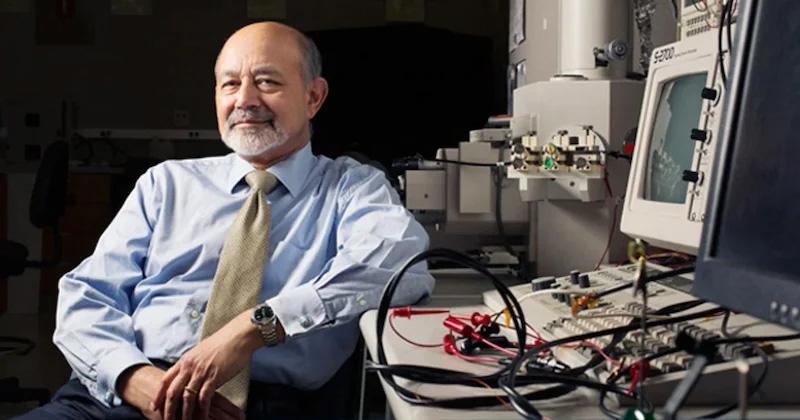
Bantval Jayant Baliga in his lab. Image used courtesy of NC State University
It changed the standard design of high-voltage, high-power control electronics and enabled dramatic power savings in heavy equipment, appliances, vehicles, and much more. The IGBT has saved an estimated $36 trillion since its invention in 1982 by reducing gasoline consumption by 10% and improving electrical efficiency by 40%.
Prelude to Invention
Jayant Baliga grew up in Bangalore, India, and was the son of well-known electrical engineer Bantwal Vittal Manjunath Baliga. His father was one of India's first electrical engineers before independence and the founding president of the Indian branch of the Institute of Radio Engineers, which later became the IEEE in India. While his father was a great inspiration for him, Baliga wanted to “get out of his shadow and make [his] own mark in the world.”
Baliga earned his bachelor’s degree in electrical engineering at the Indian Institute of Technology in Madras, India. He then immigrated to the United States and earned his master’s and Ph.D. at Rensselaer Polytechnic Institute.
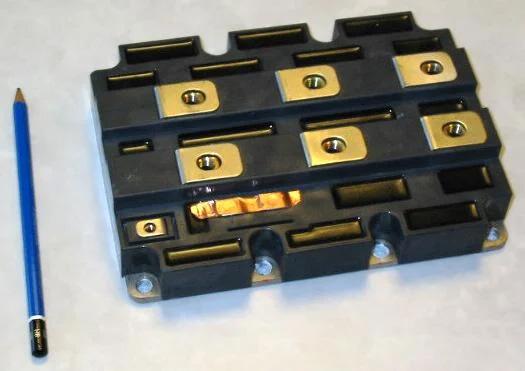
IGBT module. Image (modified) used courtesy of Wikimedia Commons and ArséniureDeGallium (CC BY-SA 3.0)
After his time at Rensselaer, Baliga took a position at General Electric’s Research and Development Center in 1974 and got to work developing the IGBT. His team was challenged to develop a better semiconductor switch than was available at the time. Within a month, Baliga had a patent disclosure ready for the IGBT.
Solving the Problem of High-Voltage Switch Efficiency
Prior to the invention of the IGBT, the metal oxide field effect transistor (MOSFET) and bipolar junction transistor (BJT) had already revolutionized digital switching and low- to medium-power analog electronics. However, many applications required higher voltages and currents than either technology could manage.
Electrical control devices of the time suffered from high losses and were difficult to precisely control. The thyristor, often called a silicon-controlled rectifier (SCR), was the most common pre-IGBT semiconductor. Thyristors are constructed with a four-layer P-N-P-N topology connected with an anode, cathode, and gate. Applying a signal to the gate will turn the device on, allowing it to conduct unidirectionally from anode to cathode like a diode. They cannot amplify and latch once turned on. They will only turn off when the anode current drops below a threshold. This makes them a workable variable switch for AC current, but difficult to use for DC.
How an IGBT Works
The IGBT is a three-terminal power semiconductor switch. It is constructed as a low-loss bipolar junction switching semiconductor controlled by a metal oxide gate region, making it significantly more efficient at switching high voltage and high current than any viable alternatives.
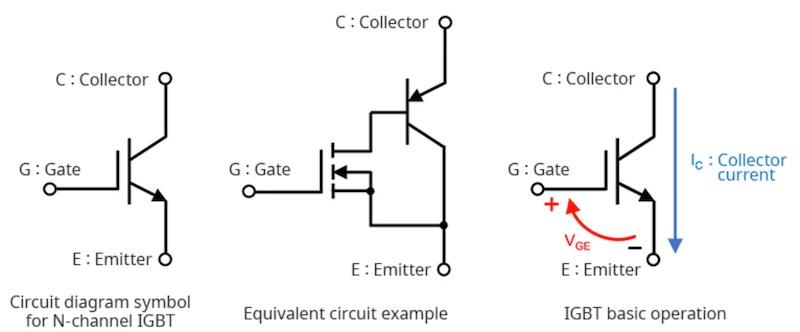
The IGBT is roughly equivalent to a circuit consisting of a MOSFET and a bipolar PNP transistor. Image used courtesy of Rohm Semiconductor
The IGBT does not latch like a thyristor and offers amplification and digital switching. Today, the IGBT is the second most common power transistor in the world after the MOSFET. While MOSFETs have become extremely power-efficient, fast, and versatile devices, the IGBT performs better in the high-current, high-voltage regimes.
The IGBT gate-drive control methodology is very similar to that of the MOSFET, making it easy to design in when appropriate. The switching mode works like a bipolar transistor, giving it the ability to handle high voltages and currents. It is easier to run many IGBTs in parallel than MOSFETs. While a set of MOSFETs in parallel, if not carefully designed, can end up throwing excess current through the weakest part, IGBTs inherently spread the load. Further, the IGBT typically has a lower forward voltage drop than high-power/high-current MOSFETs.
These characteristics put the IGBT into power controls that run at household line voltages and higher. Home washing machines, refrigerators, HVACs, and induction cooking ranges are now commonly controlled with IGBT-based electronics. In industrial applications, traction motors, power supplies, and anything requiring high power control up to hundreds of kilowatts can be controlled with banks of IGBTs.
A Legacy of Control Efficiency
In some circles, Baliga is known as the human with the smallest carbon footprint; he describes himself as having “the largest negative carbon footprint in the world.” Baliga left GE and moved to NC State as a full professor in 1988. In 1997, he was promoted to a distinguished university professor and maintains this role. In addition to the Millennium Technology Prize, he has been awarded the IEEE Medal of Honor, the National Medal of Technology and Innovation, and numerous others. He has been granted 120 patents and has authored or edited 18 books and over 500 scientific papers.



